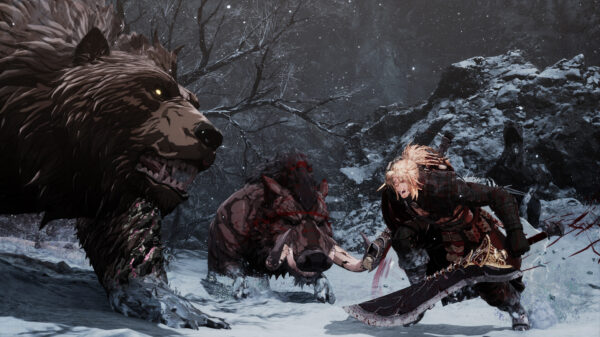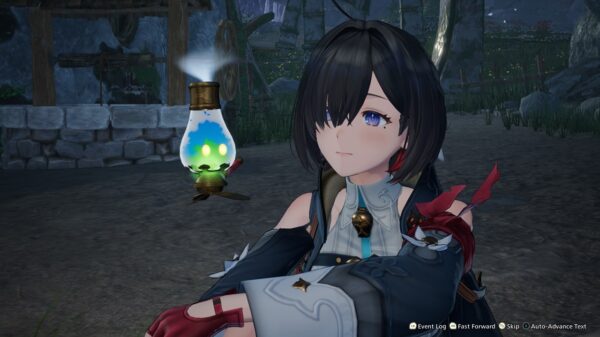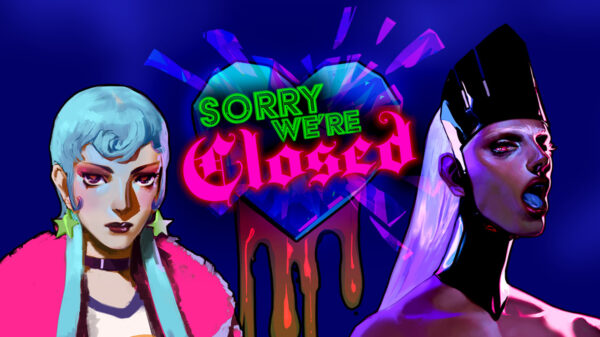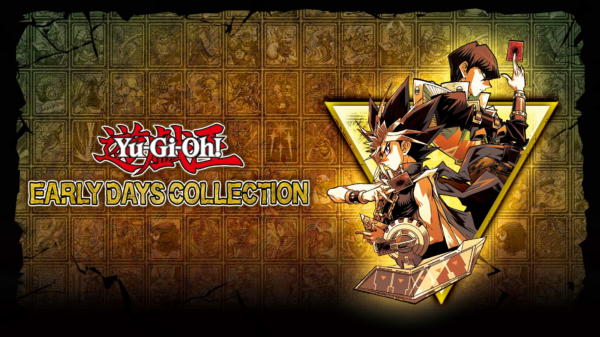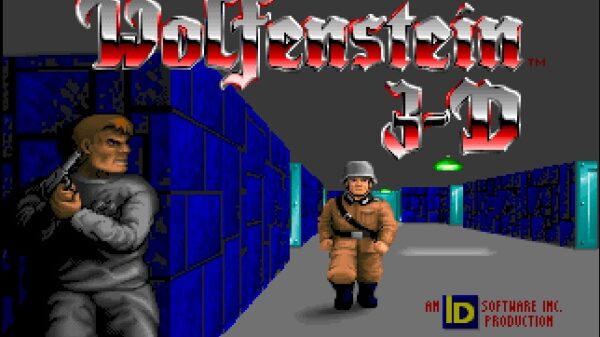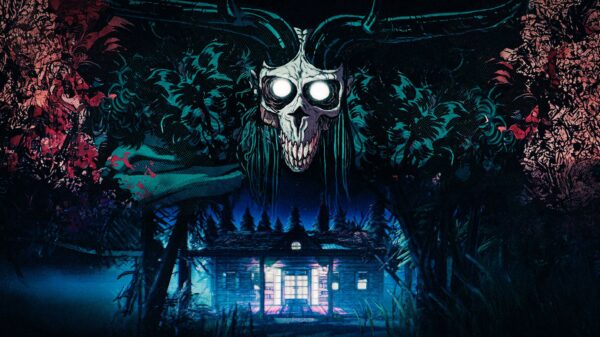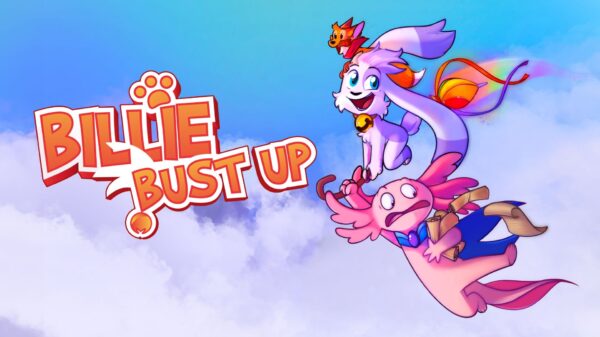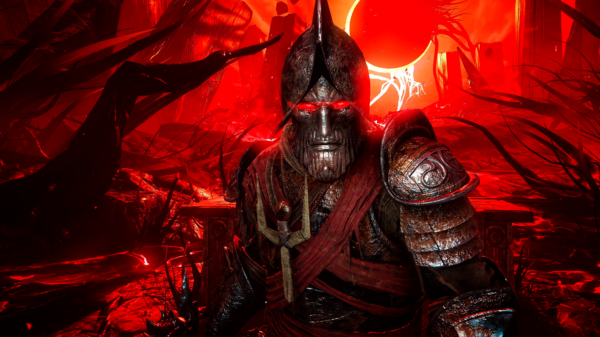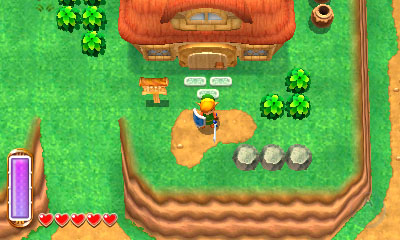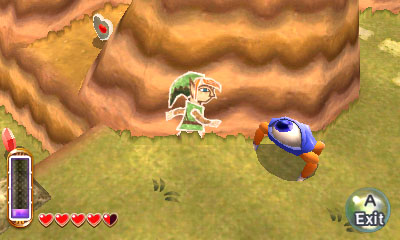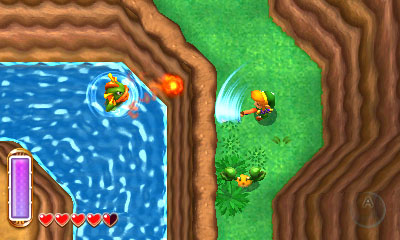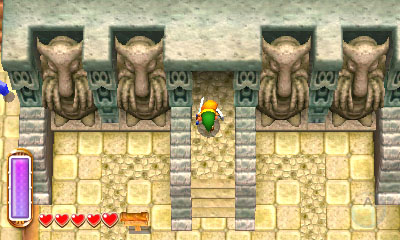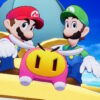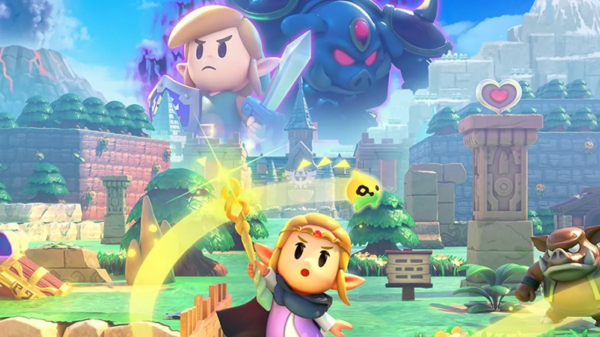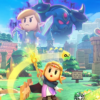In 1992, Nintendo made a splash with “The Legend of Zelda: A Link to the Past” on the SNES. The game introduced two huge worlds to explore, some backstory about Hyrule, as well as such favorites as the Hookshot and the Master Sword. Twenty one years later, we return to the same world featured in that game–was it worth the return trip?
There will be some slight spoilers in the review. If you want to be surprised, click away now.
Still with me? Let’s dive into this adventure.
A Link Between Worlds is set 100 years after A Link to the Past–as such, we have a completely new storyline. We are introduced to Yuga, an art obsessed magician who wishes to capture the seven new Sages and use the resulting paintings to awaken Ganon . Link takes it upon himself to try and stop Yuga with help from the rabbit merchant Ravio. After confronting Yuga the first time a magical bracelet given to Link from Ravio saves his life, and allows him to literally walk through walls for a short time.
It’s not the most original story in the world, but at the same time the characters subtly lampshade some of the conventions of the Zeldaverse, which will make veteran fans smile.
A Link Between Worlds is the most colorful Zelda to date, and the 3D really makes the colors and the effects pop, which adds to the theming of each dungeon. Fire crackles, ice sparkles, wind whooshes, fairy auras and ethereal walkways glow. The characters and enemies are well designed and for first time ever on a Zelda handheld, you can see individual hairs, threads and furs on each character giving the world a sense of realism, as if you could reach in and touch it.
Zelda has always been famous for its music, and the stinger of the classic Zelda theme on the home menu and the glorious remix of the title screen of A Link to the Past set the tone for the epic adventure ahead. Not surprisingly, many of A Link to the Past’s tracks return, including the timeless overworld theme, as well as a samba-like remix of the Dark World for the newly named Dark World, Lorule. The game is not without new tracks–the dungeons each have their own track to set the tone this time around–the Swamp Palace has an ambient watery theme, the Dark Ruins has a mysterious and spooky theme, and the Ice Ruins has a crystalline theme, to name a few examples. Every track is pleasant to listen to, and old and new fans will appreciate hearing some classic themes, be it for the first time or the millionth time–they just never get old!
The gameplay really shines this time around–these are not A Link to the Past’s dungeons by any stretch of the imagination. The wall walking mechanic is introduced early and critical to surviving the dungeons–which sometimes requires you to think outside the box in order to progress.
For example, at one point in the House of Gales, an early dungeon, a key is supposed to fall in a small ring of fire in an outdoor section-but the switch to trigger this is over on the side of the building, which a sharp eyed gamer would notice on the map. I was initially frustrated by this part, until I realized the outcropping was there–and I could get to it via wall-walking. Many times, wall walking will prove to be your solution after you’ve exhausted all your other options. Plus, it also serves as defense against the bosses’ attacks, and eventually, you will be able to attack while on the wall–a strategy integral to taking down Yuga once and for all.
The wall-waking also serves as how you travel between Hyrule and Lorule–and every time you enter Lorule from a new location, you may get a message from Lorule’s princess, Hilda, telling you a little about where you’ve just arrived.
For the first time ever in Zelda history, you can tackle the dungeons in whatever order you see fit. Ravio will be there to lend you (and eventually sell you) the appropriate items you need to conquer the dungeon–But if you die while adventuring, any rented items will go back to Ravio. It can be a bit frustrating at first, but it encourages the player to move quickly, yet carefully, and to be prepared for anything–as you never know if a powerful monster is around the corner.
The puzzles are nothing to sneeze at, either–switches, blocks, manipulating water levels, creating pathways, Wallmasters, and other familiar Zelda tricks and traps are all present. But there are some–such as one block puzzle in Lorule Castle–that even had me seriously considering throwing the 3DS at the nearest wall. So if you like to think critically and be on your toes, this is the game for you–just come prepared with a good walkthrough or guidebook, and plenty of patience.
No Zelda game would be complete without minigames and sidequests scattered through the world. The most challenging of these is the rescuing of 100 baby Maiamais–tiny jellyfish creatures scattered across both worlds. Wall-walking is a must to find them all, but you can tell where they are if you can hear their squeaking. Each ten you rescue upgrades one of your items. If all 100 are rescued, a powerful spin attack is yours for the taking.
 The Final Word
The Final Word
This is a worthy addition to the Zelda pantheon, and worth the challenge–come prepared for a challenge and a lot of patience.
– MonsterVine Rating: 5 out of 5 – Excellent

